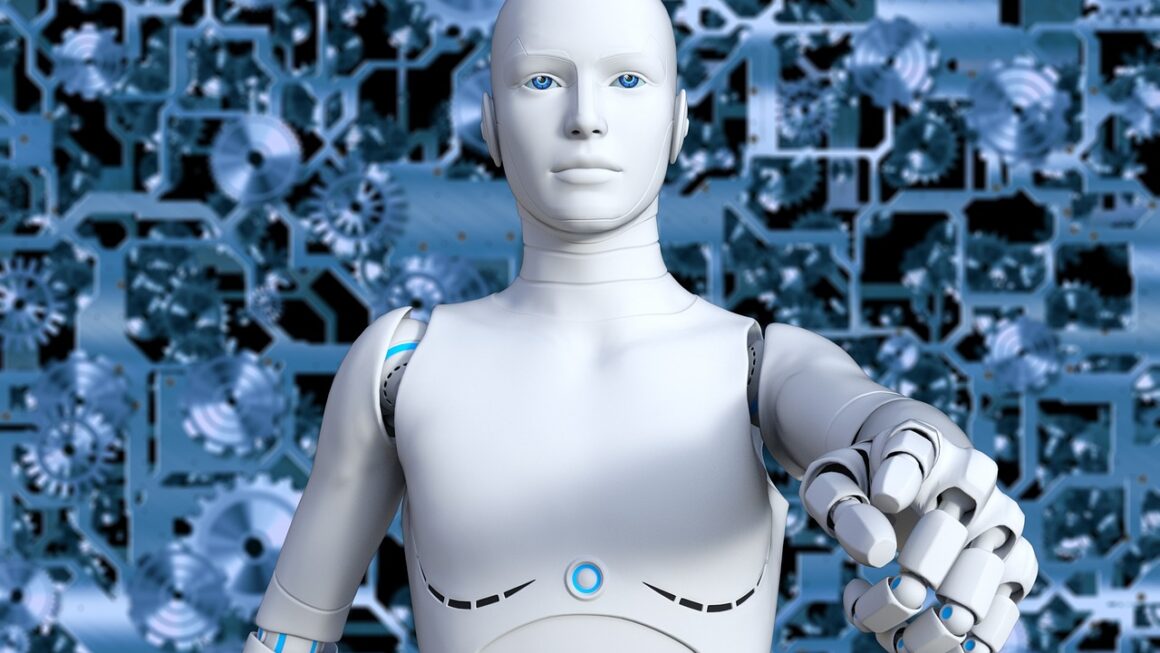Imagine speaking into thin air and having your words instantly transformed into text – not just understood, but interpreted and acted upon. That’s the power of speech recognition, a technology that’s rapidly evolving and transforming how we interact with machines and the world around us. From dictating emails to controlling smart home devices, speech recognition is becoming an indispensable part of our daily lives. This blog post will delve into the fascinating world of speech recognition, exploring its underlying principles, applications, challenges, and future trends.
What is Speech Recognition?
Defining Speech Recognition
Speech recognition, also known as Automatic Speech Recognition (ASR) or speech-to-text, is a technology that enables a computer or device to identify and understand spoken words, converting them into a machine-readable format. Unlike voice recognition, which identifies who is speaking, speech recognition focuses on what is being said. This technology relies on complex algorithms and models to analyze acoustic signals, identify phonemes (the smallest units of sound), and ultimately transcribe speech into text.
- Key Concepts:
Acoustic Modeling: Creating a statistical representation of the sounds of speech.
Language Modeling: Using statistical models to predict the sequence of words that are likely to occur.
Decoding: The process of finding the most likely sequence of words given the acoustic and language models.
How Speech Recognition Works
The process of converting speech to text involves several steps:
- Example: Imagine you say “Hello World.” The system captures the sound, identifies the individual phonemes (“HH EH L OW”, “W ER L D”), combines them into words, and then outputs the text “Hello World.”
Historical Perspective
The development of speech recognition dates back to the 1950s with early systems capable of recognizing isolated digits. Over the decades, advancements in computing power, algorithms, and data availability have led to significant improvements. The introduction of Hidden Markov Models (HMMs) and, more recently, deep learning techniques have revolutionized the field, enabling more accurate and robust speech recognition.
Applications of Speech Recognition
Voice Assistants
One of the most prominent applications of speech recognition is in voice assistants like Siri, Alexa, and Google Assistant. These assistants allow users to control devices, access information, and perform tasks using spoken commands.
- Examples:
“Alexa, play my favorite playlist.”
“Hey Google, set an alarm for 7 AM.”
“Siri, what’s the weather like today?”
Dictation Software
Speech recognition is widely used in dictation software, which allows users to create documents, emails, and other text-based content by speaking instead of typing. This is particularly beneficial for individuals with disabilities or those who prefer a hands-free approach to writing.
- Benefits:
Increased productivity
Reduced strain on hands and wrists
Accessibility for users with disabilities
Customer Service
Many businesses are implementing speech recognition in their customer service operations. Interactive Voice Response (IVR) systems use speech recognition to understand customer queries and route them to the appropriate department or provide automated assistance.
- Example: “Thank you for calling. Please describe the reason for your call.” The system then uses speech recognition to understand the customer’s request and direct them accordingly.
Healthcare
Speech recognition is transforming the healthcare industry by enabling doctors and nurses to dictate patient notes, generate reports, and order prescriptions more efficiently. This technology helps to reduce administrative burden and allows healthcare professionals to focus on patient care.
- Impact:
Faster and more accurate documentation
Improved patient care
Reduced administrative costs
Challenges in Speech Recognition
Acoustic Variability
One of the main challenges in speech recognition is acoustic variability. Speech can vary greatly depending on factors such as accent, speaking rate, background noise, and microphone quality. These variations can make it difficult for speech recognition systems to accurately transcribe speech.
- Overcoming Variability:
Using large and diverse training datasets
Employing noise reduction techniques
Developing adaptive algorithms that can adjust to different accents and speaking styles
Language Complexity
The complexity of human language presents another challenge. Speech recognition systems need to handle variations in grammar, syntax, and vocabulary. Furthermore, they need to be able to understand context and disambiguate between words that sound similar but have different meanings (homophones).
- Addressing Language Complexity:
Utilizing advanced language models
Incorporating contextual information
Implementing error correction mechanisms
Real-World Noise
Speech recognition systems often struggle in noisy environments. Background noise, such as traffic, music, or other conversations, can interfere with the acoustic signal and degrade the accuracy of speech recognition.
- Minimizing Noise Interference:
Using noise-canceling microphones
Employing signal processing techniques to filter out noise
Training systems on data that includes various types of noise
Future Trends in Speech Recognition
Deep Learning Advancements
Deep learning is revolutionizing speech recognition, with neural networks achieving state-of-the-art performance. Future advancements in deep learning, such as transformers and self-supervised learning, promise to further improve the accuracy and robustness of speech recognition systems.
- Potential Impact:
More accurate transcription
Better handling of noisy environments
Improved understanding of complex language
Multilingual Support
As the world becomes increasingly interconnected, the demand for multilingual speech recognition is growing. Future systems will need to support a wider range of languages and dialects, requiring significant investment in data collection and model development.
- Key Areas of Focus:
Creating large multilingual datasets
Developing transfer learning techniques to adapt models to new languages
Addressing language-specific acoustic and linguistic challenges
Edge Computing
Edge computing involves processing data closer to the source, rather than sending it to a central server. Applying edge computing to speech recognition can reduce latency, improve privacy, and enable offline functionality.
- Benefits:
Faster response times
Enhanced privacy and security
Reduced reliance on internet connectivity
Conclusion
Speech recognition has come a long way since its early beginnings, and it continues to evolve at a rapid pace. From powering voice assistants to transforming healthcare, this technology is having a profound impact on various industries and aspects of our lives. While challenges remain, ongoing advancements in deep learning, multilingual support, and edge computing promise to unlock even greater potential for speech recognition in the future. Embrace the power of your voice – the future is listening.




